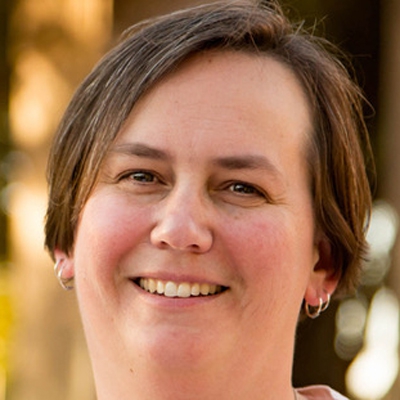“Family History Piecework: An Approach to Writing”
Presented by Cari A. Taplin, CG®
Reviewed by Darcie Hind Posz, CG®
NOTE: This post is one of a series reviewing the BCG Skillbuilding lectures presented at the National Genealogical Society’s 2019 Family History Conference held in St. Charles, Missouri from 08-11 May, 2019. Recordings of these lectures and the accompanying session handout can be purchased from PlaybackNow NGS at https://www.playbackngs.com/
 Cari Taplin’s presentation style puts the learner at ease, which is needed when her topic is discussing the genealogical writing we all put off. Her session was sprinkled with great suggestions like joining a local special interest group (SIG) for genealogical writing, to keep momentum.
Cari Taplin’s presentation style puts the learner at ease, which is needed when her topic is discussing the genealogical writing we all put off. Her session was sprinkled with great suggestions like joining a local special interest group (SIG) for genealogical writing, to keep momentum.
Cari provided descriptions and examples of several styles of writing: memoir/anecdotal, how-to articles, genealogy stories/biographical sketches, case studies, and the book we all dream of writing some day.
The fifth component of the Genealogical Proof Standard is writing a conclusion. Cari had a great discussion on proof statements, proof summaries, and proof arguments and the differences between them.
For her writing, she used the analogy of her grandmother, who used to make quilts from her old clothes. Each piece told the tale of where the cloth came from. Pieces had stories, just as pieces of documentation have stories. Cari compares the process of writing to quilting: use tools, organize scraps, pick a pattern, decide on the writing style, and finally display that product so others can access it. The pieces used can be rotated or rearranged so they eventually work in the final product.
Writing forces us to evaluate, organize, and keep our work logical. By writing up proof for each piece, it becomes better constructed. Patterns like building blocks, syllogisms, mystery style, and flashback style, are all different ways to present to your reader.
Cari showed and discussed sample templates including drafts and works in progress. She had great tips for rough drafts, and her piecing process is also a creative approach to writer’s block. Even if you write one sentence or one bullet point a day, you are already beginning the stitching process.
Cari’s other tips included time management, touch-it once citations, and creation of a style guide. All of these are sound methods to generate a final product.
The words Certified Genealogist and letters CG are registered certification marks, and the designations CGL and Certified Genealogical Lecturer are service marks of the Board for Certification of Genealogists®, used under license by board certificants after periodic evaluation.


